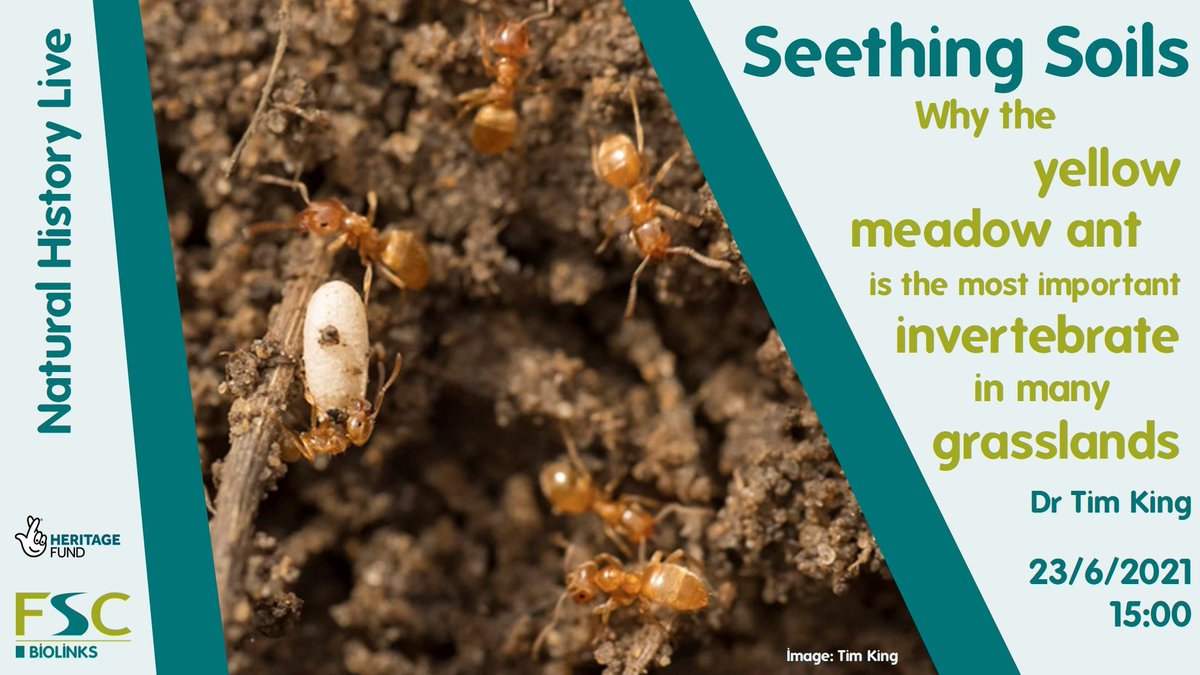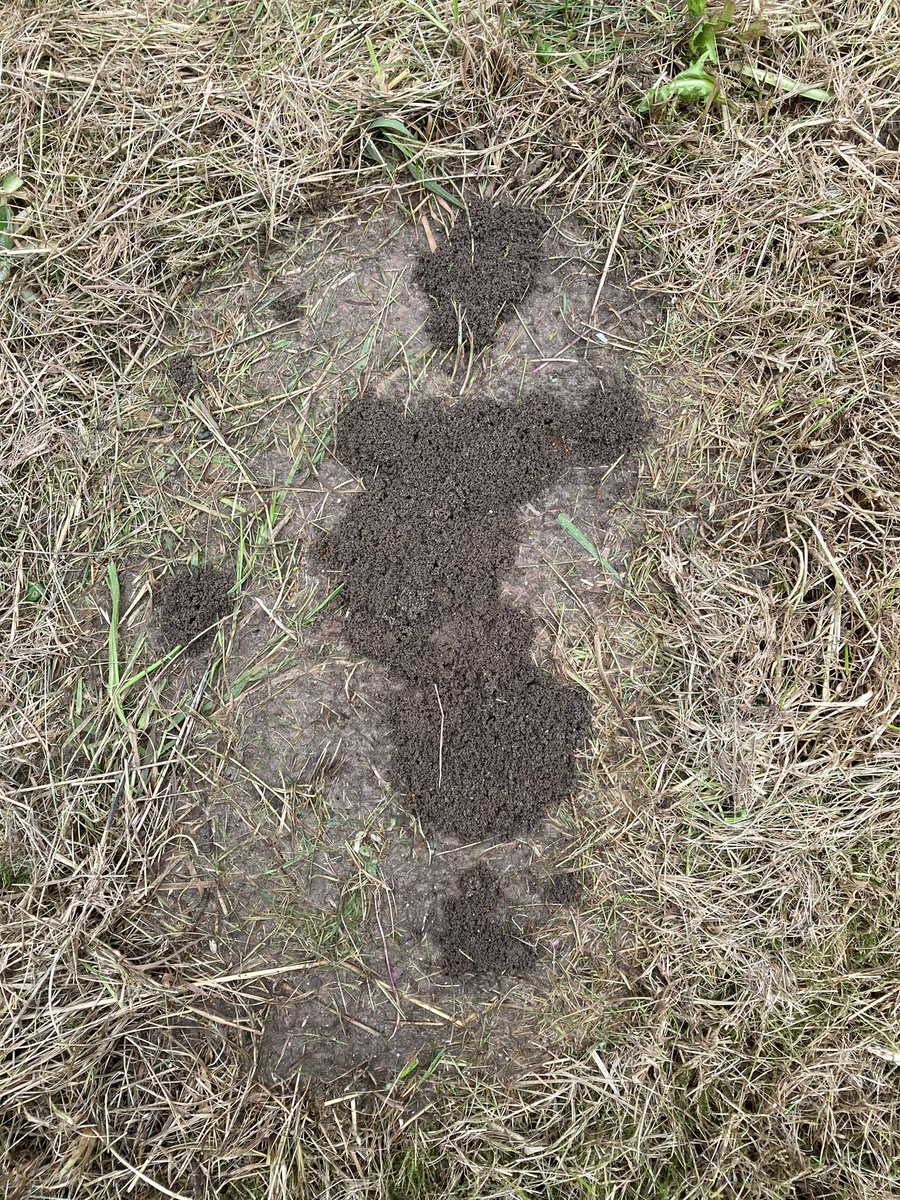
A special find at our Wrotham Water site today, Yellow Meadow Ants. These ants are found on grassland and downland due to their close relationship with the Chalkhill blue butterfly larvae, also found on chalk grasslands for it's larval food source.
#yellowmeadowant #antcolony


#YellowMeadowAnt #LasiusFlavus #Macrophotography
The yellow meadow ant is known for creating anthills in grassland habitats. It has a close relationship with the Chalkhill blue butterfly - protecting the larvae in return for a sugary substance they secrete.
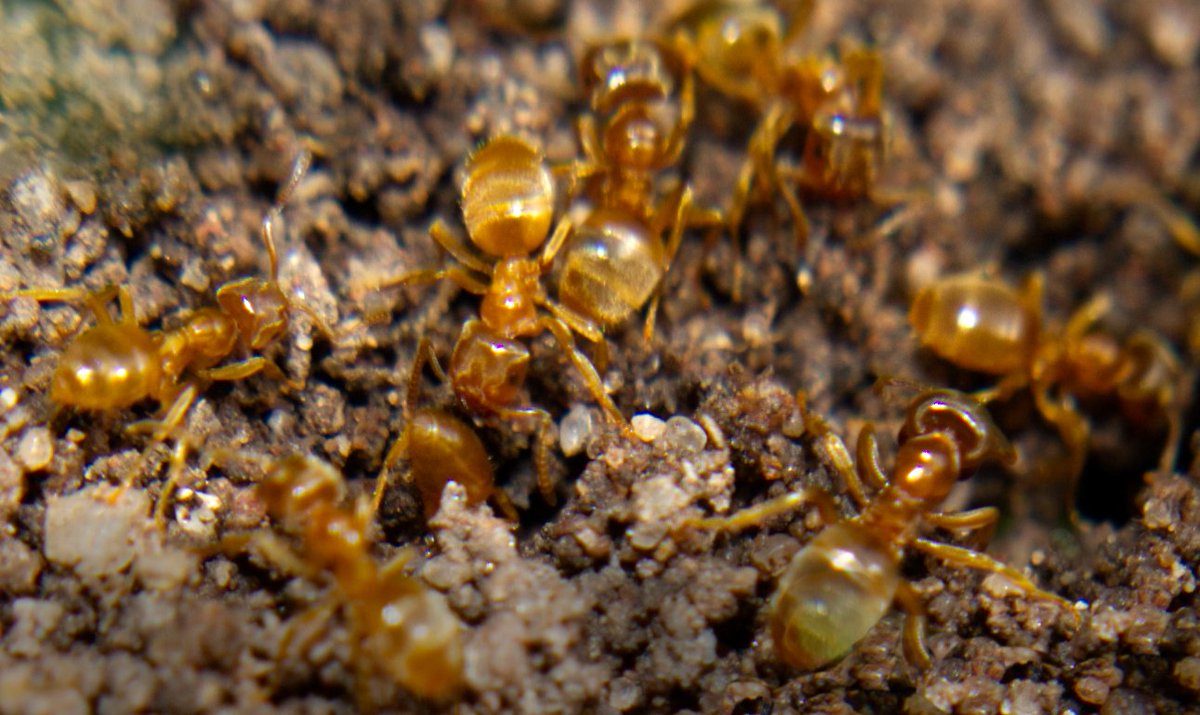


I spent this evening surveying 3ha of permanent pasture in Lonan for #YellowMeadowAnt , a keystone species/habitat engineer. I found a whopping 214 anthills containing around 14.9million worker ants🐜! Great for #chough #fungi #wildflowers & for #DarkBushCricket 🦗to lay eggs in!
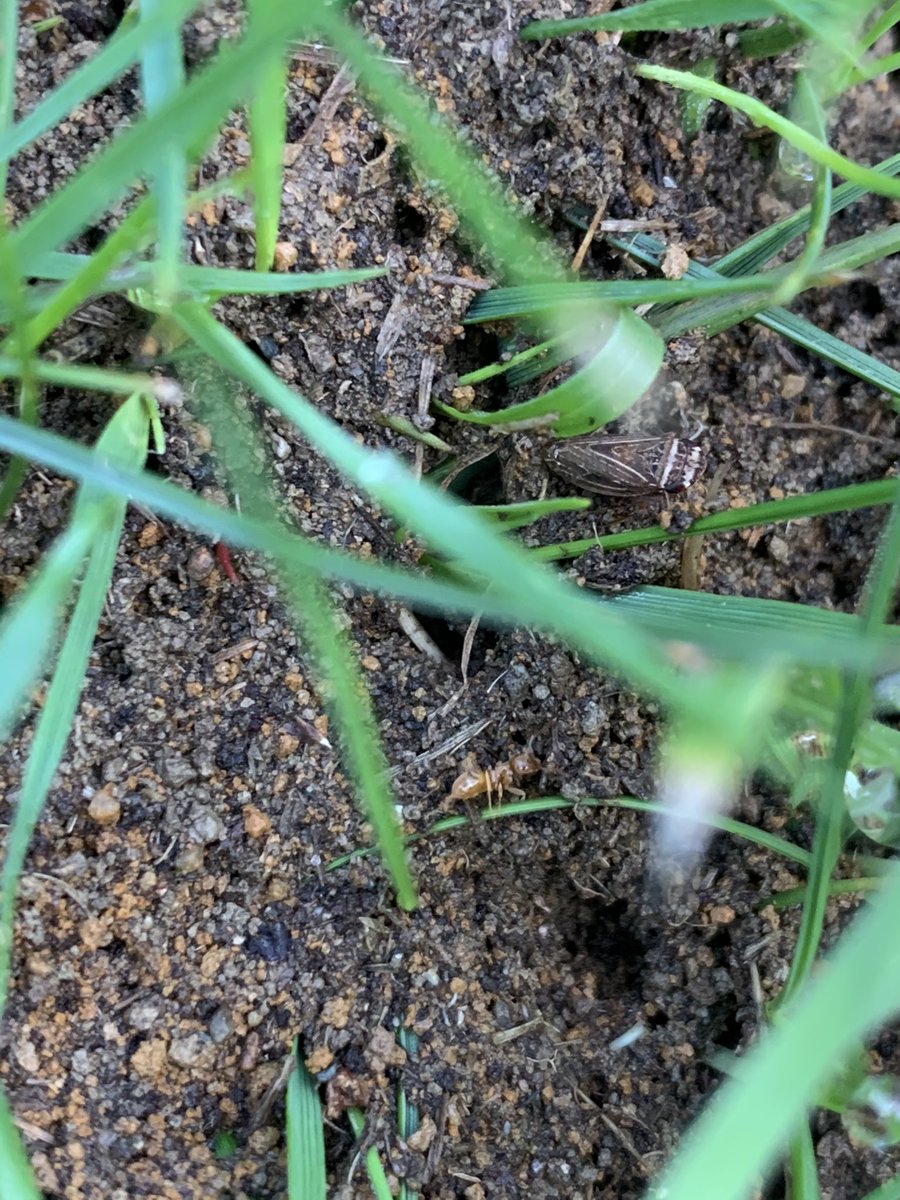

Lasius Flavus at Dartington Hall
#Ants #Dartingtonhall #Lasius #YellowMeadowAnt #Devon … instagram.com/p/mnQ1C1FE9C/
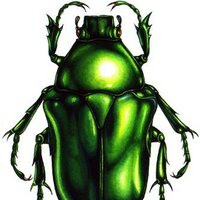
Just heard a fascinating talk from @FSCBioLinks on the #Yellowmeadowant (YMA) by Dr King - did you know they practice selective breeding of aphids for maximal honeydew yield? And there's a mite than clings to their heads, stealing sips of honeydew? Amazing. #Antsarecool #sciart
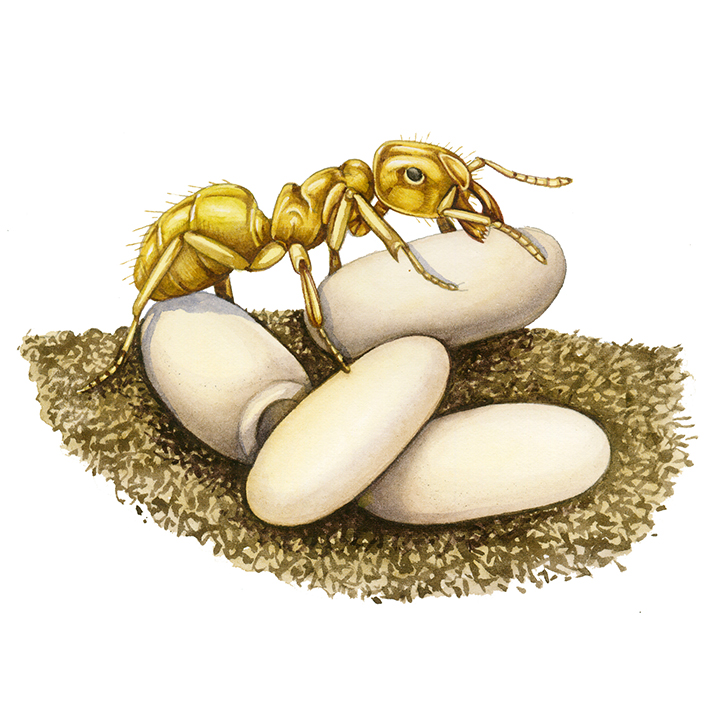

The #YellowMeadowAnt is a hugely underappreciated #ecosystemengineer in #grassland ecosystems. Find out more via youtube.com/watch?v=W-Wj_x… Field Studies Council @FSCBioLinks BWARS Buglife Mission Invertebrate AES - amentsoc.org BENHS #lasiusflavus Friends of Richmond Park The Royal Parks Royal Entomological Society
